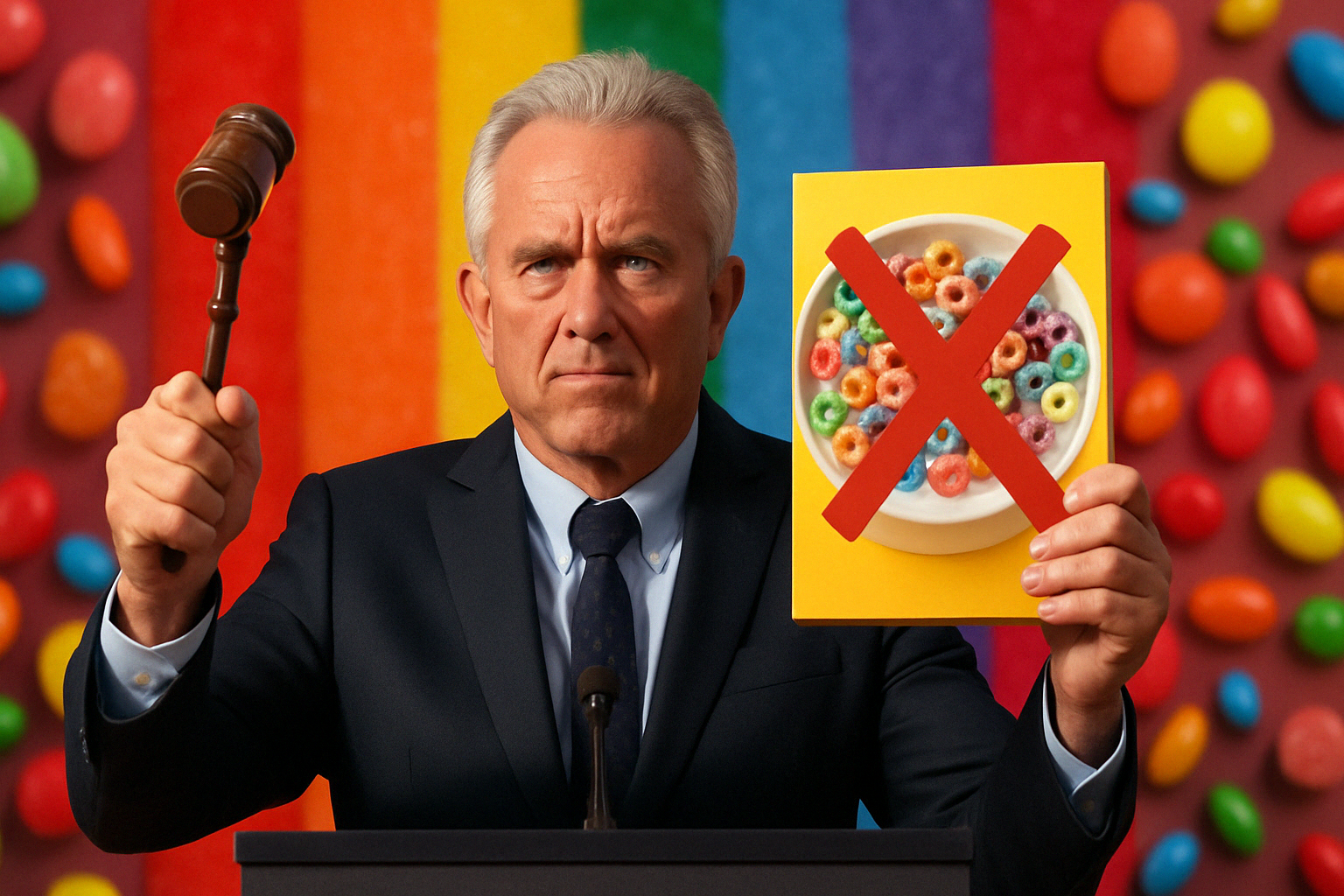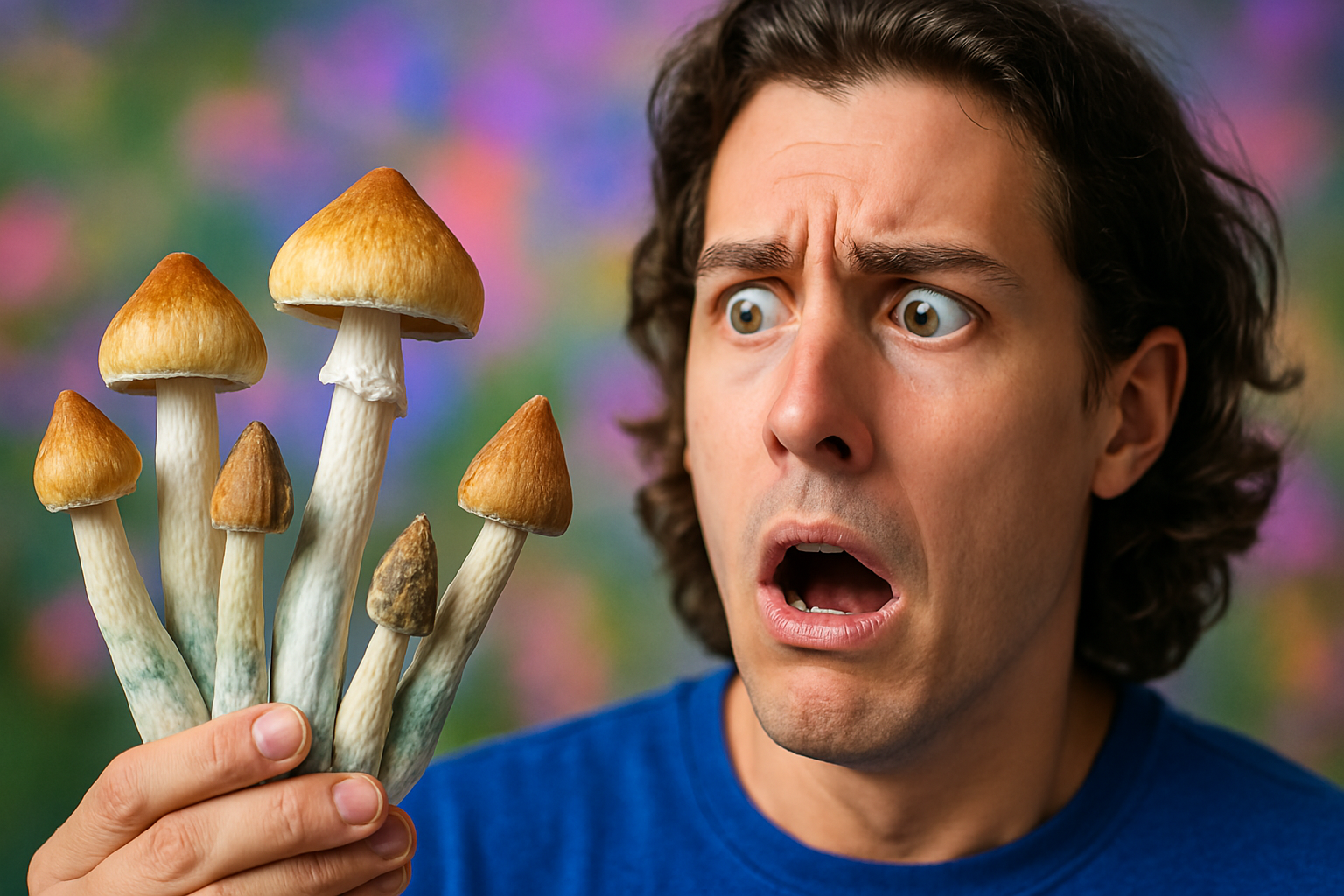What Is Red Dye No. 3?
Red Dye No. 3, also known as erythrosine, is a synthetic food coloring used in a variety of foods, beverages, and medications to create a vibrant red hue. Despite being widely used for decades, concerns about its safety have persisted. In 1990, the U.S. Food and Drug Administration (FDA) banned its use in cosmetics and topical medications due to studies linking it to cancer in laboratory animals. However, until recently, the dye continued to be used in foods and ingested medications.
Why Did the FDA Ban Red Dye No. 3?
On January 15, 2025, the FDA announced that Red Dye No. 3 would be banned from food and ingestible drug products, citing its potential carcinogenic properties. The decision aligns with the Delaney Clause of the Federal Food, Drug, and Cosmetic Act, which prohibits additives known to cause cancer in humans or animals. The FDA has mandated that food manufacturers remove the dye from products by January 15, 2027, while drug manufacturers have until January 18, 2028, to comply.
Products Affected by the Red Dye No. 3 Ban
Red Dye No. 3 has been widely used in various consumer products. Below is a list of food and medication categories that commonly contain the dye:
| Category | Examples |
|---|---|
| Candies & Confections | Brach’s Conversation Hearts, gummy candies, maraschino cherries |
| Baked Goods & Decorations | Betty Crocker’s Red Decorating Icing, artificially colored cupcakes |
| Dairy & Frozen Desserts | TruMoo Strawberry Milk, some ice creams and yogurt brands |
| Fruit Products | Canned fruit cocktails with extra cherries, artificially colored dried fruit |
| Beverages | Ensure Original Strawberry Shake, artificially flavored soft drinks |
| Medications & Supplements | Gummy vitamins, children’s medications, over-the-counter pain relievers |
Health Concerns Linked to Red Dye No. 3
The FDA’s ban stems from long-standing health concerns. Studies have shown that Red Dye No. 3 may be linked to thyroid tumors in laboratory rats, raising concerns about its potential effects on humans. Other reported health concerns include hyperactivity in children, allergic reactions, and possible disruptions to endocrine function. Many health advocates and consumer safety groups have called for its removal from all consumable products for years.
How to Identify Red Dye No. 3 in Products
If you’re concerned about avoiding Red Dye No. 3 before the phase-out period ends, check product ingredient lists. The dye may be listed as “Red 3,” “FD&C Red No. 3,” or “Erythrosine.” Because the ban will not take full effect for a few years, products containing this dye will continue to be sold for the time being. Consumers should remain vigilant when purchasing processed foods, beverages, and medications.
Alternatives to Red Dye No. 3
Many companies are already exploring or switching to natural alternatives. Some common substitutes include:
- Beet Juice Extract: A natural and vibrant red colorant commonly used in juices and desserts.
- Carmine: Derived from cochineal insects, it is a natural red dye used in yogurts and candies.
- Red Cabbage Extract: A natural alternative that produces a reddish-purple hue in foods.
- Purple Sweet Potato Extract: Another plant-based alternative that provides a rich red color.
These alternatives not only help eliminate the risks associated with synthetic dyes but also align with consumer demand for cleaner, more natural ingredients.
What This Means for Consumers
The FDA’s decision to ban Red Dye No. 3 is a significant step toward better food safety regulation. While the phase-out period extends through 2027 for foods and 2028 for ingestible medications, consumers can take proactive steps by checking ingredient labels and opting for naturally colored alternatives. Brands will likely reformulate products to meet the new regulations, so staying informed about ingredient changes will be key.
Frequently Asked Questions
Why was Red Dye No. 3 banned now?
While research linking the dye to cancer has existed for decades, increased consumer awareness and pressure from health advocacy groups pushed the FDA to take action in 2025.
Are all red dyes banned?
No, only Red Dye No. 3 has been banned. Other artificial red dyes, such as Red 40, remain legal but are also under scrutiny for potential health risks.
When will products stop containing Red Dye No. 3?
Food manufacturers have until January 15, 2027, to phase out the dye, while drug manufacturers must comply by January 18, 2028.



